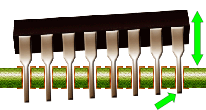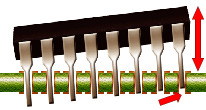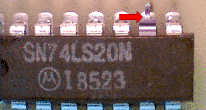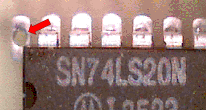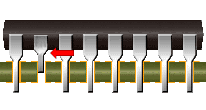COMPONENT INSTALLATION-DUAL IN-LINE PACKAGES (DIPS)
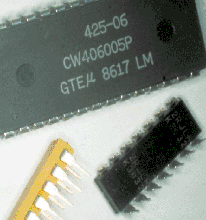
DUAL IN-LINE PACKAGES (DIPS)
Dual In-Line Packages (DIPs) are the component body type most associated with printed wiring assemblies (PWA) using through-hole technology. The DIP body can be either plastic or ceramic with between 6 to 64 leads.
See Section 6.01 "Through-Hole Soldering, General Requirements", for common accept/reject criteria.
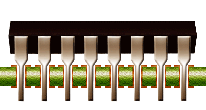
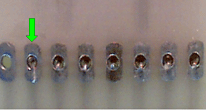
PREFERRED
The component has been properly oriented and all leads are fully inserted in the termination holes with the lead standoff step in contact with the lands. The component body is undamaged and part markings are legible and visible on top of component body.
ACCEPTABLE
PARTIALLY CLINCHED LEADS
The corner leads may be partially clinched outward from the ship body's longitudinal axis to temporarily secure the component. Clinching shall not violate minimum electrical spacing requirements or adversely affect solderability.
Best Workmanship Practice
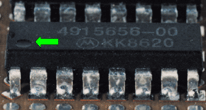
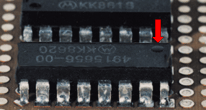
ACCEPTABLE
ORIENTATION/POLARITY
The component has been properly installed. The locator chip's notch/dimple, which identifies pin 1, is lined up with the silkscreen pattern. A square-shaped solder pad on the printed wiring pattern may also be used to identify pin 1.
NASA-STD-8739.3 [8.1.3]
UNACCEPTABLE
IMPROPER ORIENTATION/POLARITY
The DIP has been installed backwards. The locator notch/dimple, which identifies pin 1 of the chip, should be lined up to the silkscreen and/or conductive pattern marks.
NASA-STD-8739.3 [13.6.2.a.5]

